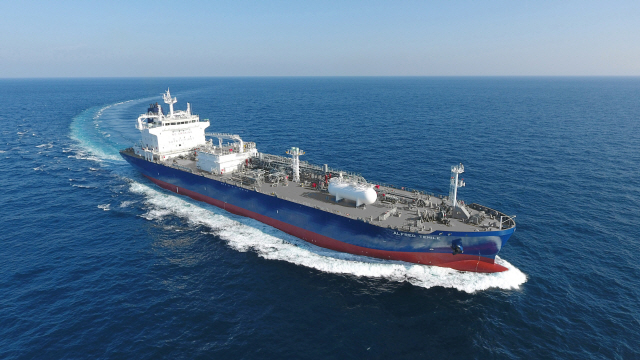Shipbuilding orders
Hyundai Heavy wins $202 mn shipbuilding order
By Apr 12, 2021 (Gmt+09:00)
2
Min read
Most Read

Hyundai Heavy Industries Group has won an order worth 227 billion won ($202 million) to build three liquefied petroleum gas (LPG) carriers, said its shipbuilding sub-holding company Korea Shipbuilding & Offshore Engineering Co. (KSOE).
According to KSOE on Apr. 12, the company will deliver two very large gas carriers (VLGCs) sized at 86,000 cubic meters and one mid-sized gas carrier sized at 40,000 cubic meters to clients in Asia and Oceania.
The two VLGCs will be constructed by Hyundai Samho Heavy Industries Co., a KSOE affiliate, for delivery from the first half of 2023, whereas the mid-sized carrier will be built by another KSOE affiliate Hyundai Mipo Dockyard Co. for delivery from the second half of 2023.
KSOEŌĆÖs new VLGC is the first of its peers to extend its maximum load capacity to this extent, 2,000 cubic meters beyond the typical Old Panamax ship capacity of 84,000 cubic meters.
Panamax is the term for the size limit for ships traveling through the Panama Canal, with Old Panamax referring to the size limit prior to the canalŌĆÖs expansion in 2016 and New Panamax referring to the post-expansion size limit.
In other words, the new VLGC can pass through the old Panama Canal carrying 2,000 cubic meters more LPG than the Old Panamax ships. ┬Ā┬Ā
Shipping companies have been increasingly taking the old Panama Canal route recently to avoid a jam in the new Panama Canal route.
The VLGC is also equipped with dual-fuel engines, which use oil and LNG alternately to reduce carbon emissions, meeting the International Maritime OrganizationŌĆÖs sulfur regulation standards.
ŌĆ£As the global volume of goods transported is on the rise this year, clients are looking for ships with better load efficiency. We will maximize the freight efficiency by increasing the load capacity through our optimized ship design,ŌĆØ said a KSOE official.
KSOE said it has won orders for 23, or 62%, of the 37 global orders for LPG carriers so far this year.
According to the global shipping intelligence firm Clarksons Research, the total amount of LPG transported through shipping will record 107 million tons this year and is expected to grow to 113 million tons by end-2022.
Write to Hyung-Kyu Kim at khk@hankyung.com
Daniel Cho edited this article.
More to Read
Comment 0
LOG IN









